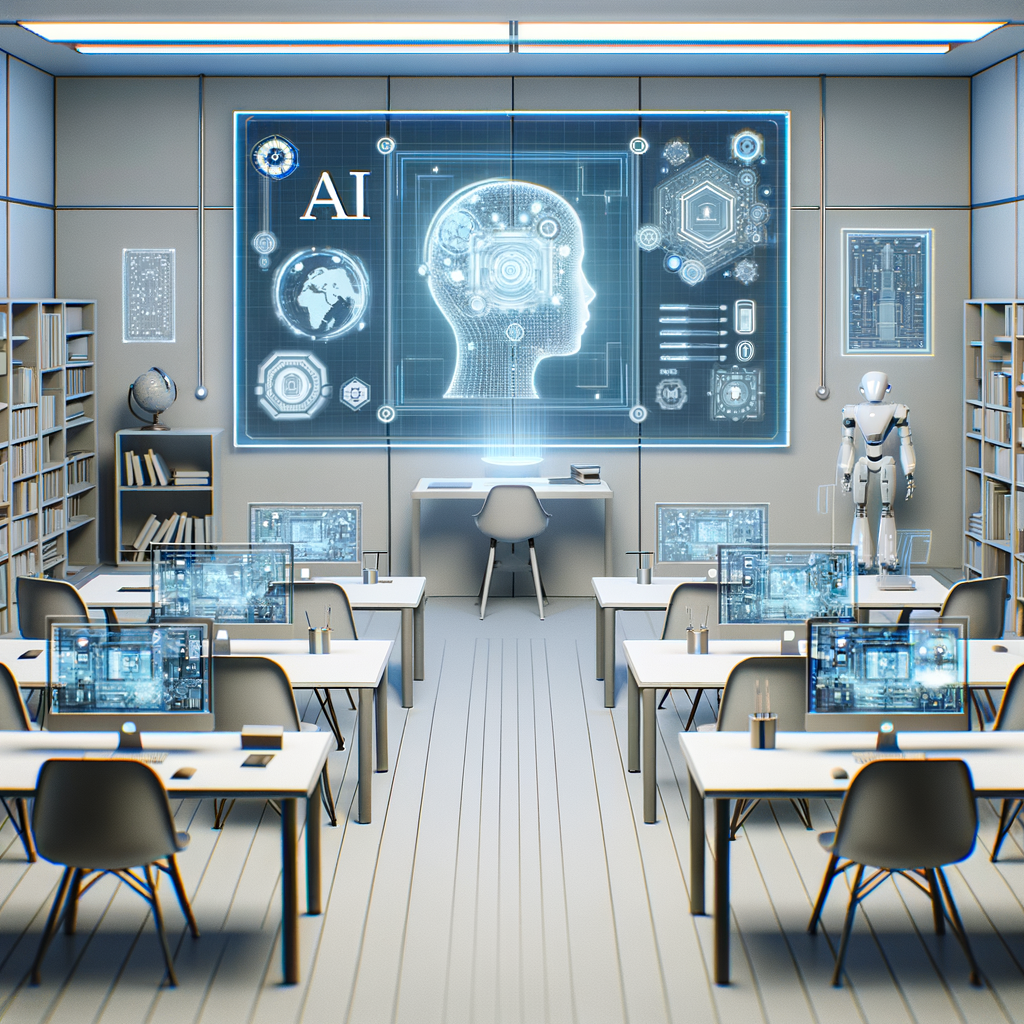
The Future of AI-Driven Education: Transforming Learning with Technology
Discover how artificial intelligence is revolutionizing the educational landscape, from personalized learning experiences to automated administrative tasks. This blog explores cutting-edge AI tools and their applications in creating more efficient, accessible, and engaging educational environments, redefining the future of learning.
The Future of AI-Driven Education: Transforming Learning with Technology
Introduction
In recent years, artificial intelligence (AI) has become a game-changer across various sectors, and education is no exception. As we move toward an increasingly digital future, educational institutions are exploring innovative ways to integrate AI into the learning process, providing students and educators with new tools to enhance educational outcomes. This blog delves into how AI is shaping the educational landscape, offering personalized learning experiences, automating routine tasks, and ultimately transforming how we perceive education.
Personalized Learning Experiences
One of the most significant advantages of incorporating AI into education is the ability to tailor learning experiences to individual students. Traditional education systems often employ a one-size-fits-all approach; however, every student learns at a different pace and has unique needs. AI-driven platforms can analyze students' learning patterns, strengths, and weaknesses to offer personalized recommendations and content that cater to their specific requirements. This level of customization not only helps in addressing learning gaps but also keeps students more engaged and motivated.
Adaptive Learning Solutions
AI-powered adaptive learning platforms use algorithms to adjust the complexity and presentation of content based on a student's progress. These systems provide immediate feedback and support, ensuring that students remain on track and receive assistance when needed. Platforms like DreamBox, Cognii, and Knewton are leading the way by offering solutions that adapt to a student’s learning journey, thus enhancing educational experiences.
Intelligent Tutoring Systems
Intelligent Tutoring Systems (ITS) leverage AI to offer a more interactive and supportive learning environment. By simulating one-on-one tutoring, ITS can provide guided instruction and respond to a student's queries, replicating the benefits of personalized attention. Such systems are particularly effective in STEM education where understanding complex concepts requires step-by-step guidance.
Automating Administrative Tasks
AI’s potential extends beyond direct student interactions; it also significantly benefits educators by automating administrative tasks. From grading assignments to scheduling classes, AI systems can manage routine activities, allowing educators to focus more on teaching and engaging with students. This automation also ensures more accuracy and consistency in administrative functions.
Grading and Assessment
AI-driven assessment tools can efficiently grade objective tests and even evaluate essays by analyzing text patterns and content relevance. This automation not only speeds up the grading process but also provides teachers with valuable insights into student performance, thus informing future instructional strategies.
Streamlining Administrative Operations
Beyond grading, AI assists in streamlining various administrative operations such as enrollment processes, student records management, and resource allocation. These AI systems enhance efficiency and reduce operational costs for educational institutions.
Enhancing Accessibility
AI has the potential to make education more accessible to students with disabilities. Speech recognition software, predictive text, and AI-powered learning aids can support students with special needs, enabling them to participate more actively in learning environments. For instance, platforms like Read&Write offer tools that support text-to-speech reading and comprehension exercises, making educational content more accessible.
Future Prospects
The integration of AI into education is still in its early stages, and the future holds immense potential. From virtual reality classrooms powered by AI to intelligent content delivery networks, the possibilities are vast. By continuing to innovate and explore these technologies, education systems can offer enriched learning experiences that are both effective and inclusive.
Conclusion
AI-driven education is set to revolutionize how we teach and learn. By providing personalized learning experiences, automating cumbersome tasks, and enhancing accessibility, AI can address many of the current challenges faced by educators and students alike. As more institutions embrace these technologies, the gap between traditional education methods and modern needs will continue to close, leading to a future where learning is more engaging, equitable, and impactful.
As AI technology continues to evolve, so too will its applications in education, heralding a new era of teaching and learning that is both innovative and indispensable.